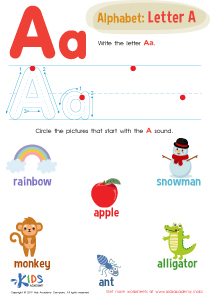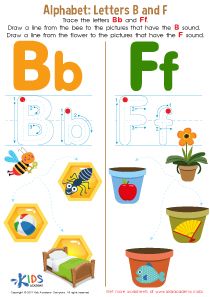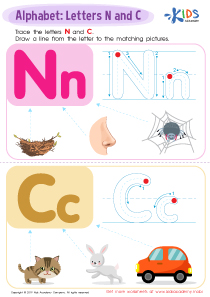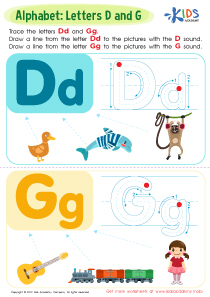Letter O Worksheets for Ages 5-8
4 filtered results
-
From - To
Discover our engaging Letter O worksheets, specially crafted for children aged 5-8! Our educational resources focus on teaching kids the 15th letter of the alphabet through fun and interactive exercises. By tracing, identifying the uppercase and lowercase "O," and practicing its sound, young learners enhance their literacy skills. Each worksheet is designed to make learning enjoyable, reinforcing vocabulary and phonics with a variety of activities, including matching games and simple sentences. Perfect for both parents and teachers, our printable worksheets will help your little one master the letter O while having fun. Explore now to boost early reading skills!
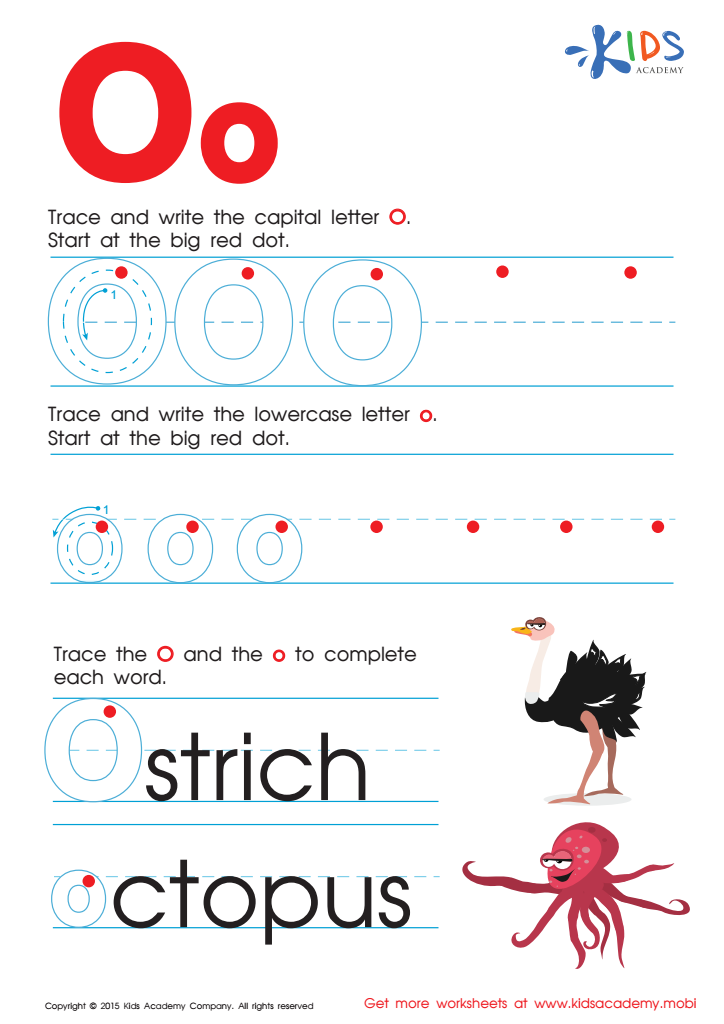

Letter O Tracing Page
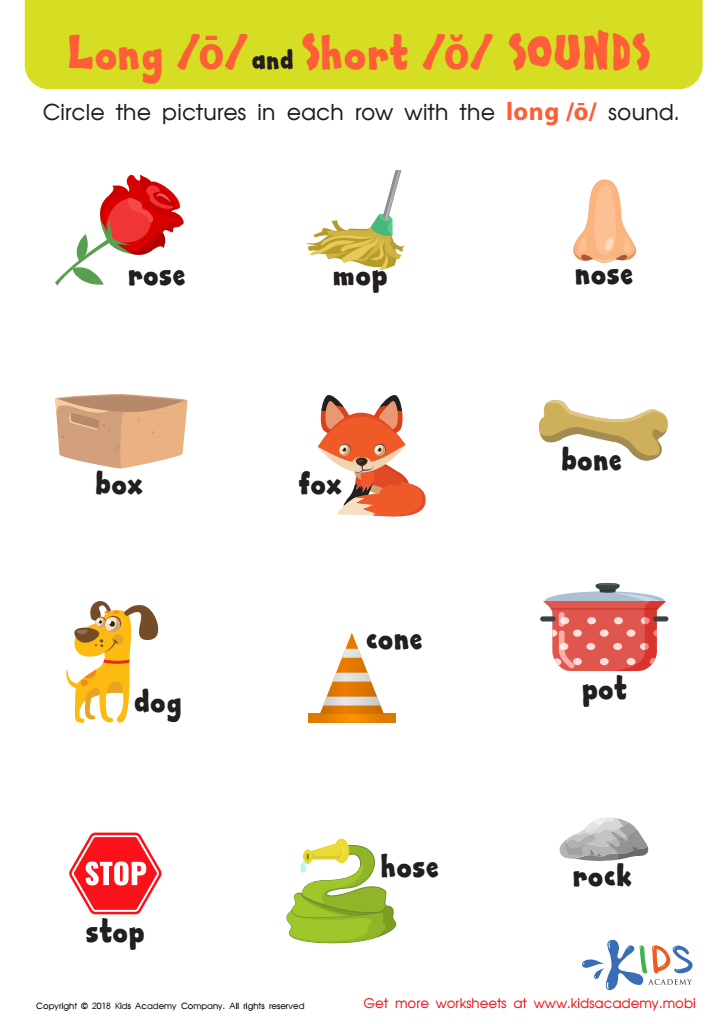

Reading: Long O and Short O Sounds Worksheet
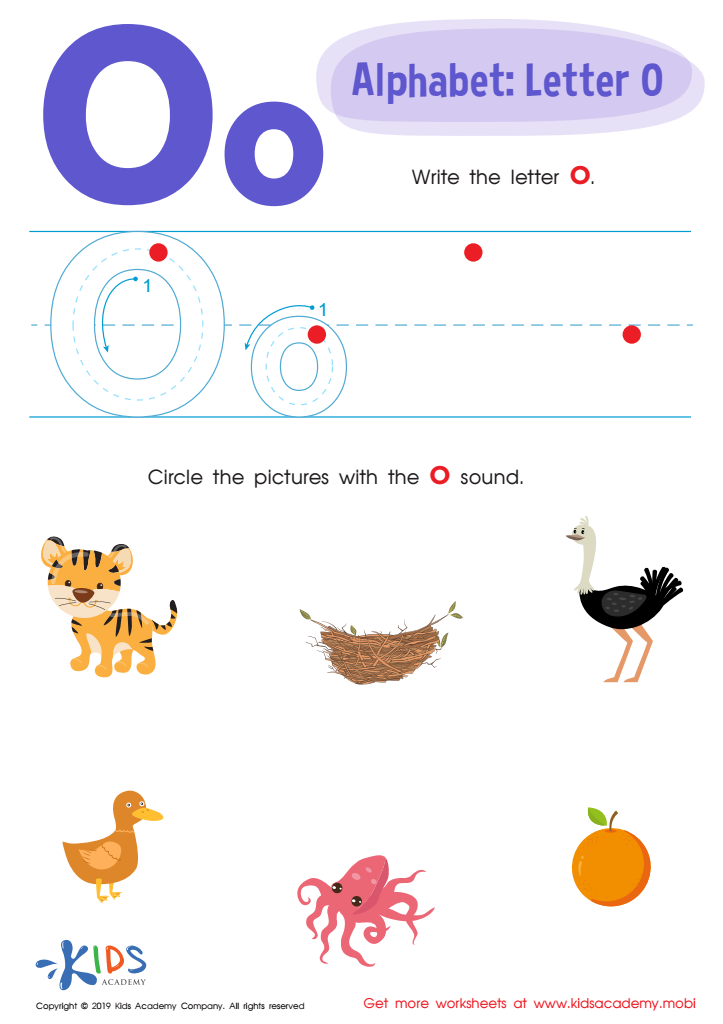

Letter O Tracing Worksheet
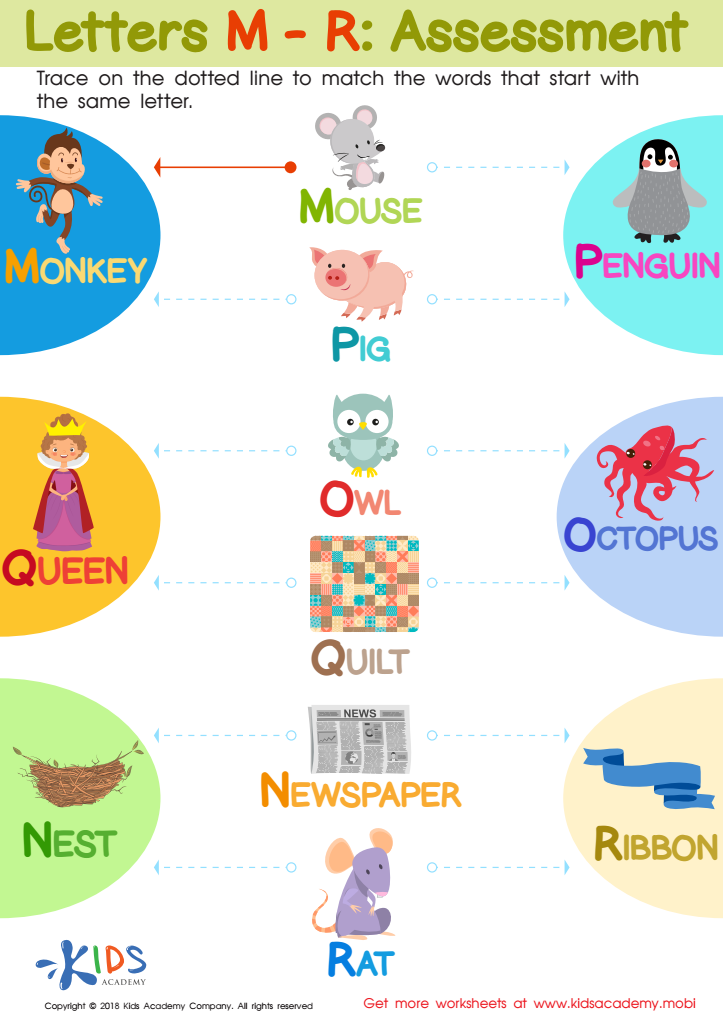

Letters M-R Tracing Worksheet
The letter "O" is a fundamental building block in early childhood education for children aged 5-8. Recognizing and understanding this vowel is crucial for several reasons. Firstly, "O" appears frequently in the English language, forming a part of many common words and playing a pivotal role in phonics and reading fluency. For example, words like "dog," "go," "no," and "pot" help children understand how vowels function in different word structures.
Secondly, mastering the letter "O" opens the door to vowel patterns and combinations, often seen in words like "boat," "coat," and "rope." These combinations are vital as they introduce young readers to more complex phonetic sounds and blends, which are essential for advancing their reading skills. Furthermore, "O" also occurs in many high-frequency words that children encounter in their early reading experiences.
Teachers and parents should care about the letter "O" because it serves as a foundational pillar in developing reading, writing, and comprehension skills. Early mastery of this letter aids in smoother transitions to reading longer sentences and stories, fostering a love for literature. Consequently, focused teaching on "O" can lead to better literacy outcomes, setting the stage for academic success as children grow older.

 Assign to the classroom
Assign to the classroom




